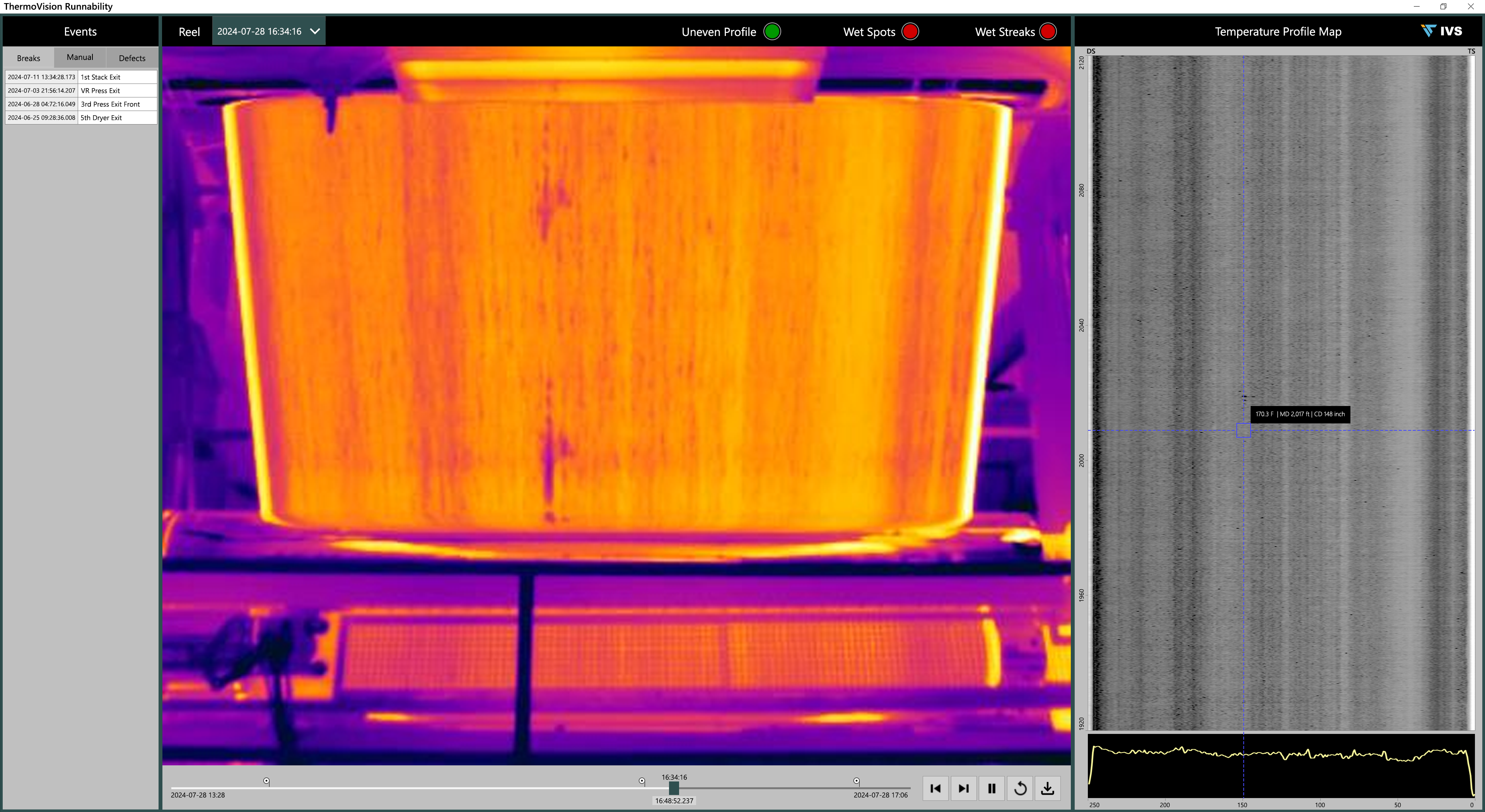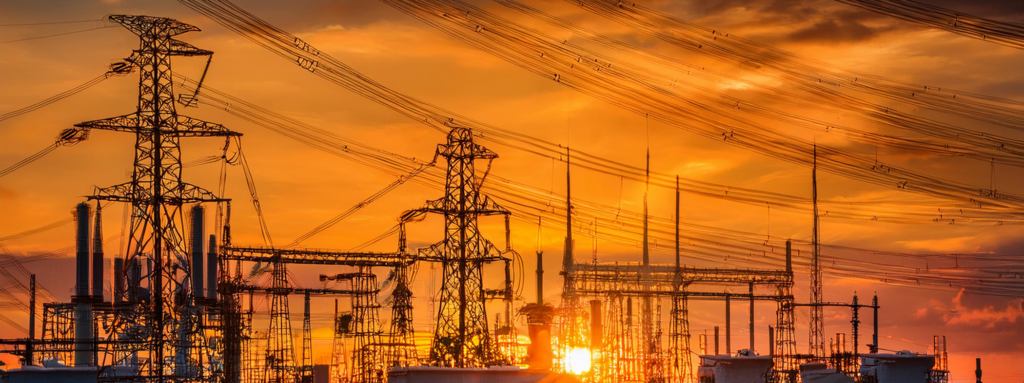New technology, new works will expand the use of condition monitoring.

Logistics companies such as FedEx and UPS have tracked and optimized assets at an enterprise level for years and have invested billions of dollars doing so. These enterprise-level analytics had been beyond the reach of many other industries because the benefits did not justify the investment. This is changing.
Today, a wide variety of applications and industries are able to make the case for advanced analytics to optimize their assets and improve their bottom line. With infrastructure aging and equipment running on older technology, things aren’t operating as they should be. It takes additional manpower to keep operations status quo and to react to problems when they occur. Companies have been digitally monitoring and controlling high-value assets for decades. There still is an enormous fleet of electrical equipment that is offline and disconnected from an operation.
There is hope. Today’s electrical distribution equipment incorporates modern solid-state electronics that provide improved power reliability, optimized uptime and selectivity while also providing a safer work environment. In addition, these processor-driven trip units, relays, and meters often are used in power-management schemes. The demand for electrical distribution equipment to contribute data to monitoring and control systems will only grow. Let’s start by looking at some common market trends that will play a role in the demand for and implementation of advanced analytics:
- The digital shift: With the aging workforce retiring in the coming years, the most significant impact to manufacturing companies will be in the skilled production and production-support sectors. One of the biggest losses will come in the form of experience. Today’s "machine whisperers," the people that can detect a problem by just listening to the machine, will be gone. The new workforce was "born digital" and expects collaborative tools to dramatically improve quality and velocity of output. We will see the rise of "digital" engineers—both mechanical and electrical—and data scientists as the new generation of engineers enters the workforce.
- If it can be measured, it will be connected: Some estimates forecast machine connectivity to reach 50 billion connected devices by 2020. This creates an opportunity for businesses to use data and analytics to achieve unprecedented levels of performance, up-time, and productivity.
- Driving business insight: Affordable computing power creates opportunities for simpler, more practical resolutions of complex problems. This enables new levels of process performance and business insight that extends from sensor and controls to machines to manufacturing plant and line workers. In essence, data needs to be put into the hands of the people that can benefit from the information.
These industry trends lead us to the conclusion that, in the near future, we are going to experience an influx of new-generation workers into the workforce, many of whom require a different level of digital efficiency than ever before. These workers are used to having the tools they need at their fingertips.
The Industrial Internet of Things (IIoT) will play a large role in the seamless transition of next-generation employees and will enable facility operators and plant engineers to maximize the full potential of their infrastructure, equipment, and operations by making them smarter and more efficient.
Impact on electrical distribution
IIoT refers to the integration of complex physical machinery with networked sensors and software. It enables customers to consume equipment data, analyze it, and use it to optimize their operations by connecting intelligent machines to the people who can do the most with the information and analytics they produce.
IIoT has the ability to significantly improve the way electricity is distributed—from improved efficiency and network awareness to better protection of equipment and personnel. New, modern power-distribution equipment feature current and voltage sensors that can be leveraged to provide operators with valuable insight about the characteristics and volume of the load that is being distributed. This data can be harvested and leveraged at very little additional expense through advanced asset-optimization technologies.
While most new equipment will be able to harness the power of IIoT "out of the box," there have been questions about what can be done to integrate existing legacy equipment in the new era. Not every distribution system requires large-scale infrastructure replacement. Instead, recent technology innovations enable these older, but still functional, electrical-distribution systems to be upgraded with retrofit switchgear, circuit breakers, trip units, relays, meters, etc.—all of which feature newer digital devices that can sense, collect, and store data. This data can be stored to the cloud with controlled access and usability, connecting all of the dots for a clearer, better picture of network-wide operations and assets.
Simple steps to start
Asset optimization starts at the data-collection level with sensors. The most commonly used sensors in electrical-distribution systems are current and potential transformers. Data from these sensors correlated with environmental data such as temperature and status creates a basis to begin monitoring assets. It is important to select the appropriate sensor to improve accuracy and reduce its burden.
American National Standards Institute (ANSI) C57.13 is the standard method for classifying the accuracy and burden for these sensors. Most often, class 200 or better is needed for relay-protection applications and class 100 or lower is sufficient for basic metering applications. If in question, consult the manufacturer to determine what is appropriate for your application needs.
The second step is to upgrade your meter, relay, or trip unit to extract this data. As devices age, plan on upgrading to more modern, smarter electronic units. In addition to providing improvements in safety and selectivity, the electrical signatures of each of the circuit breakers will give further resolution on individual loads. These electrical signatures can provide the first insights into the health and optimization of an asset.
Next, make a plan for connectivity. Electronic trip units and meters selected should all have a means to communicate over any number of industry-standard open protocols. Existing or upgraded power-management systems can be programmed to trend and monitor voltage, current, and the status of assets without additional sensors.
Finally, once you’re ready to view or share the data, it should be moved easily to a central data warehouse or cloud-based server, building a system-level perspective. Networking your system together will enable a view of multiple devices at the same time and build a system perspective. Networks can be built from the cloud all the way down to the intelligent electronic-device level. Currently, industrial electrical-infrastructure upgrade projects like these are very common. Owners of a wide variety of aging facilities are actively improving instrumentation, control, and communication for their power-distribution systems.
Getting smarter
Now that the data has been collected, what do you do with it? Enabling a complete IIoT-based solution for your enterprise enables the use of analytics. These analytics can provide insights into operations and present opportunities ranging from efficient energy management to peak shaving opportunities and failure detection—while also digitally connecting data to people for quicker response and improved collaboration.
Most analytic systems require you to start with an understanding of the data, the system, and the potential failure modes before you even begin. This may sound like a daunting task, but there is a simple solution. Today, software is available that can "learn" your process, automatically determine relationships, and detect anomalies.
Traditional predictive analytics
Traditionally, equipment targeted for advanced analytics was very expensive and complicated. They included assets such as large turbines, generators, compressors, and pumps. These assets are found in numerous applications for industrial processes, power generation, renewable energy, and transportation. Goals for a traditional predictive analytics project include:
- Reduce corrective maintenance
- Prevent unscheduled shutdowns or delay scheduled shutdowns
- Avoid delays due to availability of technical labor
- Maximize system performance.
Typically, a project included instrumentation for a motor or generator, gearbox, and mechanical load or prime mover. Many sensors (e.g., temperature, pressure, flow, vibration, acoustic, electrical, and visual) monitored system health and detected potential problems. However, collecting and analyzing this data required dedicated high-speed monitoring equipment, data storage, and specialized personnel specific to that particular asset.
More advanced methods
GE’s Global Research Center developed analytical methods using primarily the electrical signature of equipment in lieu of other sensing. These methods not only detect the presence and severity of electrical issues, but also reveal mechanical issues in connected equipment.
When gearbox bearings fail, analytical methods are applied to a variety of signals including vibration, audio, and electrical. The damaged bearing creates minute changes in the electrical profile. After applying advanced filtering and analytical techniques, the failure is clearly visible from the current transformer signals on the motor’s primary conductors, as shown in Figure 1 above. These electrical signals can be coupled with other signals to further improve the resolution. Electrical signature analysis has also been shown to detect the problem earlier and more reliably than with vibration sensing.
In the future, advanced analytics currently reserved for expensive assets will be available to monitor many, much smaller assets—and will ascertain the health of the overall process, rather than individual pieces of equipment.
Regardless of a facility’s age, owners can employ instrumentation, networking, and analytics to reap real benefits. For older facilities, improvements can be made in stages to limit disruption and to work within budget constraints. From improved asset uptime and customer experience to reduce cost-to-serve, the industrial Internet can connect your facility to enhanced revenue streams. Take these steps now and start connecting for a better, smarter, more productive future.
Andrew Sohn is the product line manager for power-delivery services at GE Energy Management’s Industrial Solutions business. He also is a member of the IEEE Industrial Application Society. Ted Hill is the senior application engineer for electrical equipment at GE Energy Management’s Industrial Solutions business.



